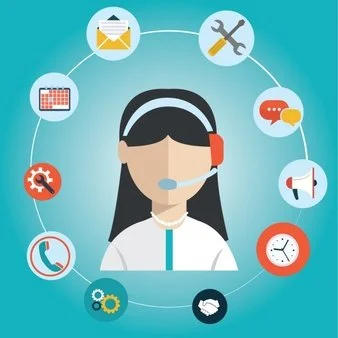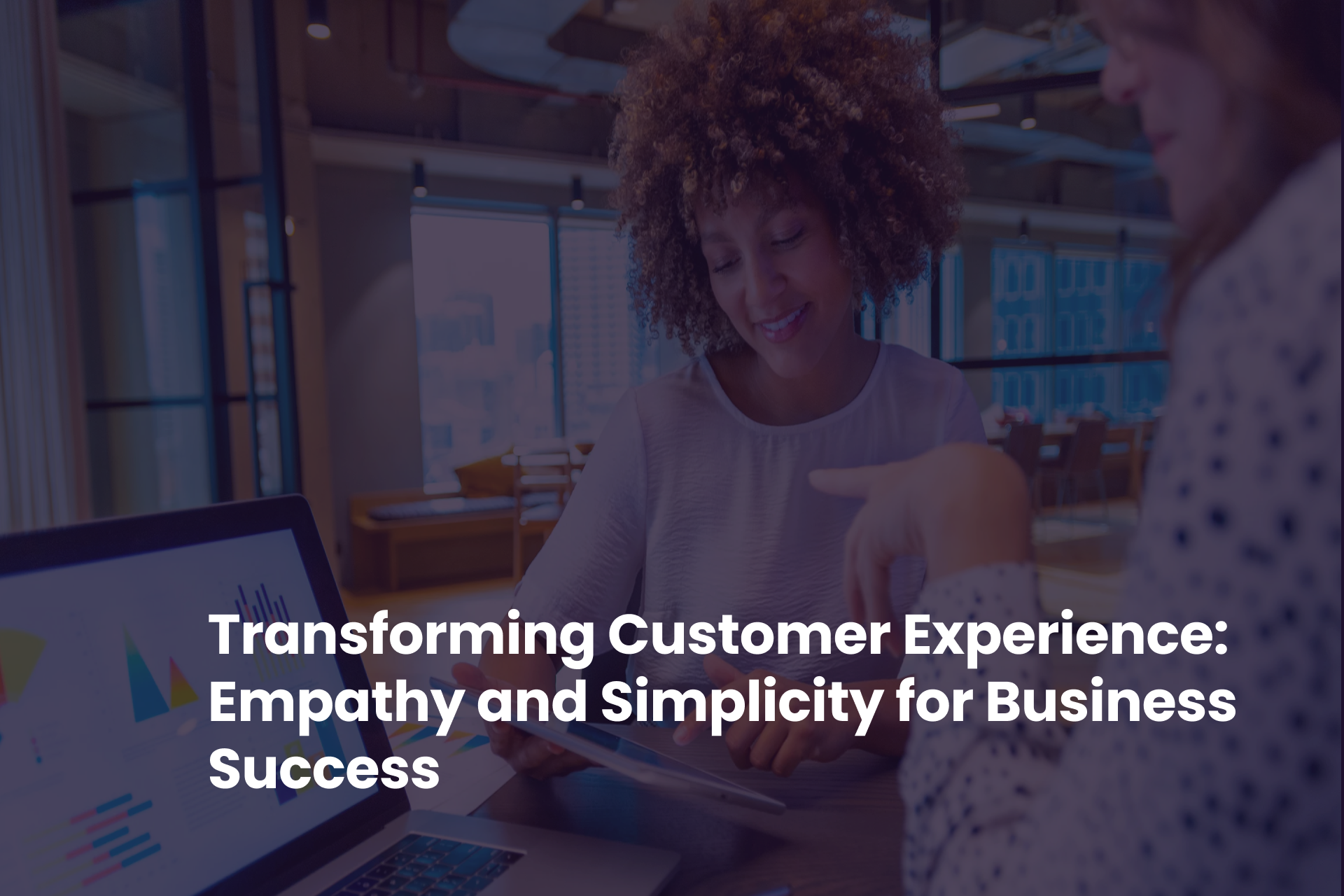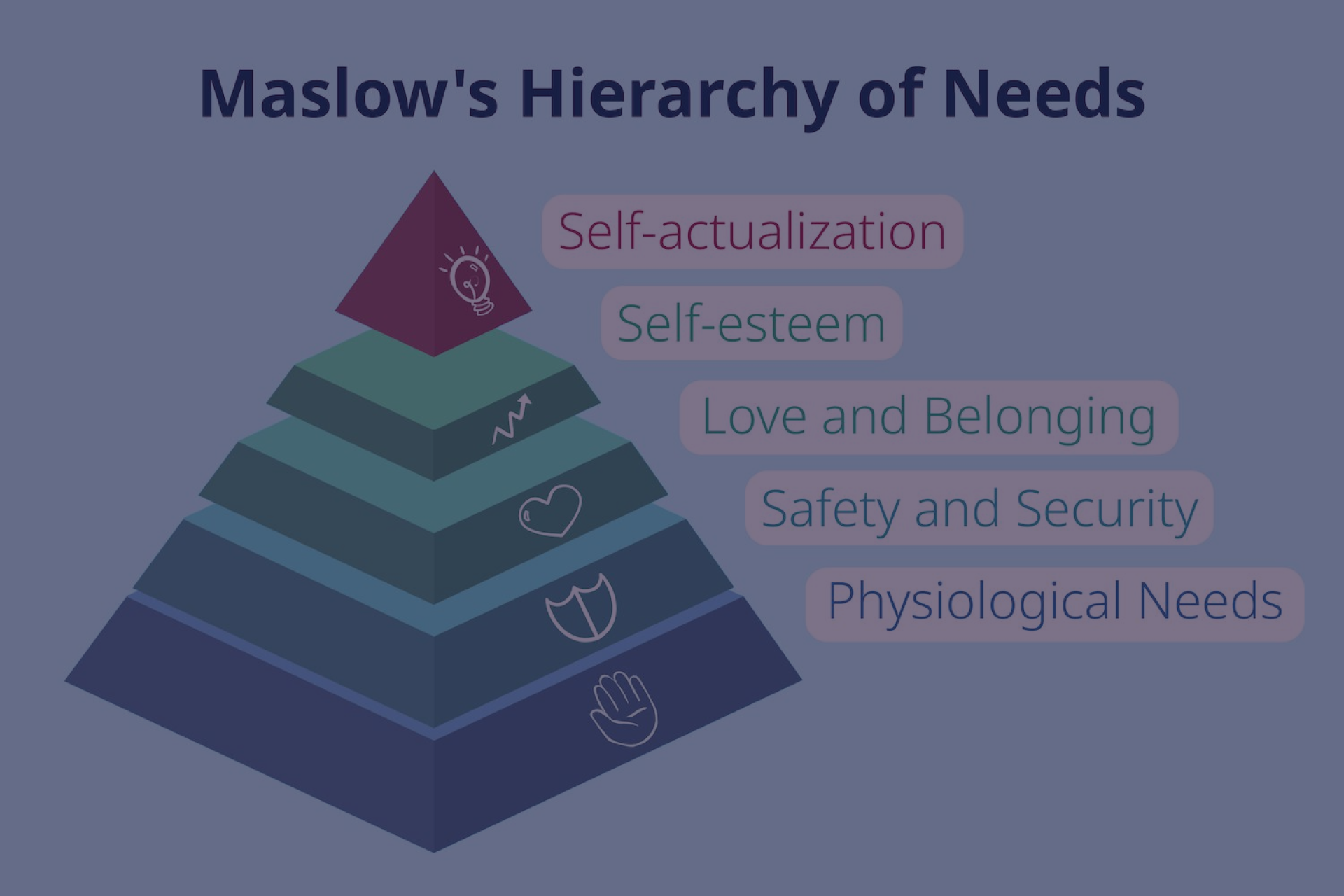Omnichannel vs. Multichannel Contact Centers: Difference Explained

Multichannel supports customers on different platforms and omnichannel support provides assistance with many channels united, offering a single experience. Do you need help deciding which is best for your business? Let’s find out!
Omnichannel vs. Multichannel: A Comparative Table
To feel the difference in multichannel and omnichannel customer support, let’s start with a small comparison:
| Aspect | Multichannel Support | Omnichannel Support |
| Channels Managed | Independently | Seamlessly Integrated |
| Customer Focus | Varied Preferences | Unified Customer-Centric Approach |
| Messaging Consistency | Channel-Specific Messaging | Consistent Messaging Across All Channels |
| Customer Journey | Independent Touchpoints | Holistic and Integrated Journey |
| Strategy Management | Each Channel Managed Separately | Unified Strategy Across All Channels |
As we can see, there are differences. So, how to understand what is best for your company’s particular needs?
Omnichannel vs Multichannel Contact Center: What Your Business Needs
When to Choose Omnichannel Customer Support?
We recommend omnichannel customer support if you want to boost customer relationships, revenue, and operations. The good thing is that it gives your customers a consistent and excellent overall experience with the brand across all channels.
That’s why it is preferred by many retail and e-commerce companies for a seamless customer journey.
However, it’s important to identify all misguided assumptions and ensure your map accurately reflects the customer experience.
When to Choose Multichannel Customer Support?
Opt for multichannel if your customer base has diverse preferences. Said differently, here each channel acts individually and independently.
This approach helps you capture customers through their preferred channels, maximizing performance across touchpoints.
Still hesitating?
Consider this: 77% of consumers prefer to shop with brands they follow on social media. So, by offering support using the exact social media channel your customers are on, you are more likely to gain them, right?
That’s why SaaS, IoT, and Travel companies require multichannel customer support assistance.
It’s The Customer Experience That Matters The Most
When it comes to choosing multichannel or omnichannel, the main thing here is to deliver a consistent and relevant experience.
It’s like a common rule of thumb: the authentic customer experience is the true measure of success.
But you need to mind the industry as well. SaaS, IT, and IoT customer support is usually multichannel while e-Commerce and retail businesses choose the omnichannel approach.
The golden rule is as follows:
‘Be where your customers want you to be.’
By the way, no matter which channel your customers need assistance with, WOW24-7 will get them covered. Contact Us!
Looking for specific information?
Our specialist will help you find what you need in customer service outsourcing
Book a callDiscover Contact Center Perspectives Podcast
Discover the themes that resonate most with your challenges
 English
English





